5-Amino-1MQ Research
5-Amino-1MQ is a small molecule inhibitor that selectively targets nicotinamide N-methyltransferase (NNMT), an enzyme central to cellular metabolism and energy regulation. Current research examines its mechanisms across multiple biological pathways, from metabolic regulation to cellular signaling and immune system modulation.
Metabolic Research
5-Amino-1MQ functions as a potent inhibitor of nicotinamide N-methyltransferase (NNMT), a cytosolic enzyme that plays a central role in cellular metabolism. NNMT catalyzes the transfer of methyl groups from S-adenosyl-L-methionine (SAM) to nicotinamide and other substrates[1].
Research demonstrates that 5-Amino-1MQ treatment in diet-induced obese mice promotes significant changes in whole-body adiposity when combined with caloric restriction. The mechanism involves restoring cellular energy balance by preventing excessive consumption of SAM through NNMT activity[2].
Studies indicate that NNMT inhibition affects lipogenesis in cultured adipocytes and influences intracellular levels of metabolites[1]. The compound exhibits high membrane permeability through both passive and active transport mechanisms.
NNMT Inhibition
5-Amino-1MQ impacts key cellular signaling pathways through its inhibition of NNMT. The compound affects SAM availability, which is critical for methylation reactions involved in epigenetic regulation and phospholipid metabolism[3].
Research demonstrates significant changes in gene expression profiles related to metabolic regulation following 5-Amino-1MQ treatment. In cellular studies, the compound affects expression of various proteins including phospho-Akt and SIRT1[4].
Structural studies confirm that 5-Amino-1MQ binds effectively to NNMT at both substrate and cofactor binding sites. This disrupts the enzyme’s normal catalytic function and alters downstream metabolic processes.
Aging and Longevity Research
While direct aging studies on 5-Amino-1MQ are limited, the compound’s effects on fundamental metabolic processes suggest potential relevance to longevity research. NNMT activity tends to increase with age, and excessive enzyme activity has been linked to age-related metabolic dysfunction[2].
Cancer Research
NNMT overexpression has been implicated in various cancer types, and 5-Amino-1MQ has shown promising anticancer properties in research contexts. In urothelial bladder cancer studies, elevated NNMT expression in cancer-associated fibroblasts was associated with poor immunotherapy response.
Treatment with 5-Amino-1MQ demonstrated significant antitumor effects in bladder cancer mouse models, reducing tumor growth and enhancing anti-PD-L1 antibody therapy effectiveness. The mechanism involves disrupting metabolic reprogramming that cancer cells rely on for survival[5].
In cervical cancer cell line studies, 5-Amino-1MQ showed concentration and time-dependent inhibition of HeLa cell proliferation. The compound induced morphological changes characteristic of apoptosis while showing minimal effects on normal cell lines.
Immune System Research
5-Amino-1MQ demonstrates immunomodulatory effects, particularly in tumor microenvironment regulation. The compound affects recruitment and differentiation of immune cells, especially macrophages and other inflammatory cell types.
Studies show that NNMT inhibition can reduce infiltration of tumor-associated macrophages and modulate their polarization state. This effect appears mediated through changes in serum amyloid A (SAA) expression and other inflammatory mediators[5].
Liver and Hepatic Research
NNMT is highly expressed in liver tissue, making hepatic metabolism a primary target for 5-Amino-1MQ effects. The liver plays a central role in methionine metabolism and SAM synthesis, processes directly affected by NNMT inhibition.
Research suggests that 5-Amino-1MQ treatment influences hepatic gene expression related to methylation pathways and metabolic regulation. The compound’s effects on liver metabolism may contribute to improved glucose homeostasis and lipid metabolism[6].
Microbiome Research
Research on microbiome changes in diet-induced obese mice treated with 5-Amino-1MQ reveals distinct microbial profiles that may contribute to improved metabolic health. These microbiome alterations include increased beneficial bacteria like Lactobacillus and decreased potentially harmful species[7].
Neurological and Cognitive Research
Limited research exists on the direct neurological effects of 5-Amino-1MQ, but NNMT’s role in brain metabolism suggests potential neurological relevance. NNMT is expressed in various brain regions and participates in the metabolism of neurotransmitter precursors and other neuroactive compounds.
The enzyme has been implicated in neurodegenerative diseases including Parkinson’s disease, where altered methylation metabolism may contribute to disease progression. By inhibiting NNMT, 5-Amino-1MQ could theoretically influence neurotransmitter metabolism and neuroprotective pathways[8].
References
- H. Neelakantan et al., “Selective and membrane-permeable small molecule inhibitors of nicotinamide N-methyltransferase reverse high fat diet-induced obesity in mice,” Elsevier BV, Jan. 2018. doi: 10.1016/j.bcp.2017.11.007. https://doi.org/10.1016/j.bcp.2017.11.007
- A. Dimet-Wiley et al., “Reduced calorie diet combined with NNMT inhibition establishes a distinct microbiome in DIO mice,” Springer Science and Business Media LLC, Jan. 2022. doi: 10.1038/s41598-021-03670-5. https://doi.org/10.1038/s41598-021-03670-5
- I. D. Iyamu and R. Huang, “Mechanisms and inhibitors of nicotinamide N-methyltransferase,” Royal Society of Chemistry (RSC), 2021. doi: 10.1039/d1md00016k. https://doi.org/10.1039/d1md00016k
- S. Akar, T. Duran, A. A. Azzawri, N. Koçak, Ç. Çelik, and H. İ. Yıldırım, “Small molecule inhibitor of nicotinamide N-methyltransferase shows anti-proliferative activity in HeLa cells,” Informa UK Limited, Mar. 2021. doi: 10.1080/01443615.2020.1854696. https://doi.org/10.1080/01443615.2020.1854696
- M. Yang et al., “NAD+metabolism enzyme NNMT in cancer-associated fibroblasts drives tumor progression and resistance to immunotherapy by modulating macrophages in urothelial bladder cancer,” Journal for ImmunoTherapy of Cancer, vol. 12, no. 7. BMJ, p. e009281, Jul. 2024. doi: 10.1136/jitc-2024-009281. https://doi.org/10.1136/jitc-2024-009281
- I. D. Iyamu and R. Huang, “Mechanisms and inhibitors of nicotinamide N-methyltransferase,” RSC Medicinal Chemistry, vol. 12, no. 8. Royal Society of Chemistry (RSC), pp. 1254–1261, 2021. doi: 10.1039/d1md00016k. https://doi.org/10.1039/d1md00016k
- A. Dimet-Wiley et al., “Reduced calorie diet combined with NNMT inhibition establishes a distinct microbiome in DIO mice,” Scientific Reports, vol. 12, no. 1. Springer Science and Business Media LLC, Jan. 10, 2022. doi: 10.1038/s41598-021-03670-5. https://doi.org/10.1038/s41598-021-03670-5
- H. Neelakantan, V. Vance, H.-Y. L. Wang, S. F. McHardy, and S. J. Watowich, “Noncoupled Fluorescent Assay for Direct Real-Time Monitoring of Nicotinamide N-Methyltransferase Activity,” American Chemical Society (ACS), Jan. 2017. doi: 10.1021/acs.biochem.6b01215. https://doi.org/10.1021/acs.biochem.6b01215

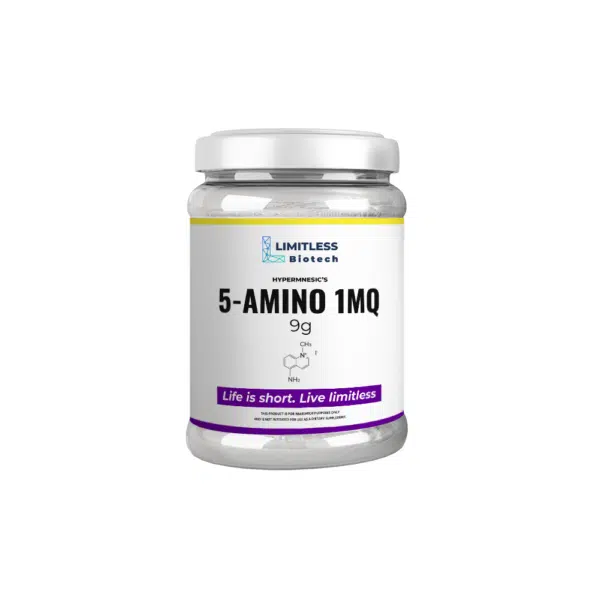
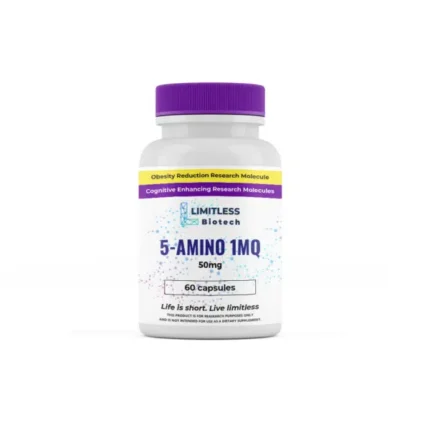
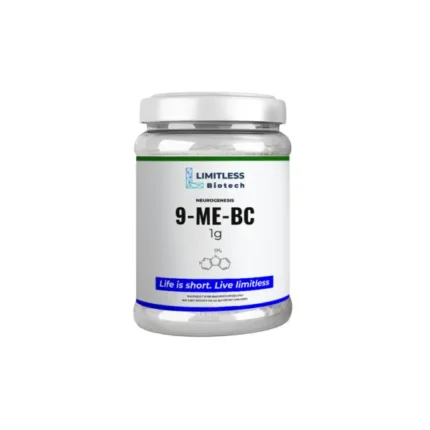








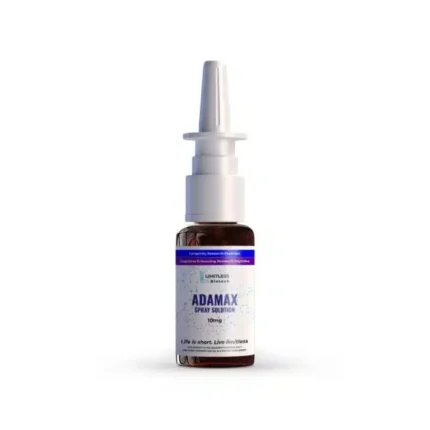
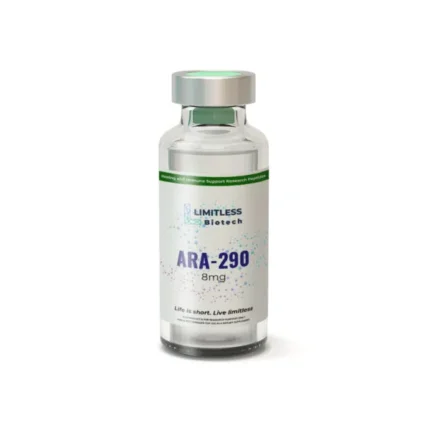
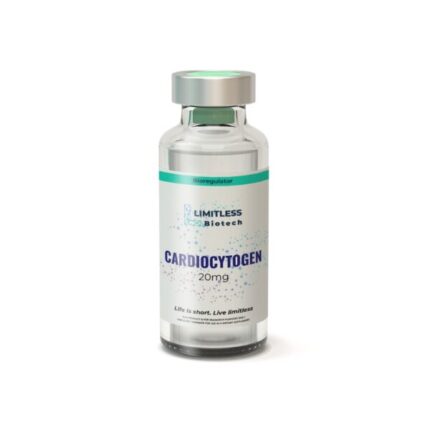
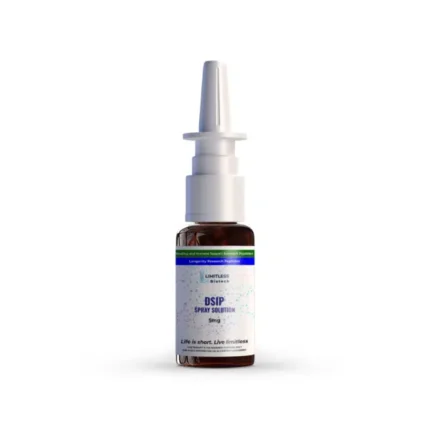



Reviews
There are no reviews yet.